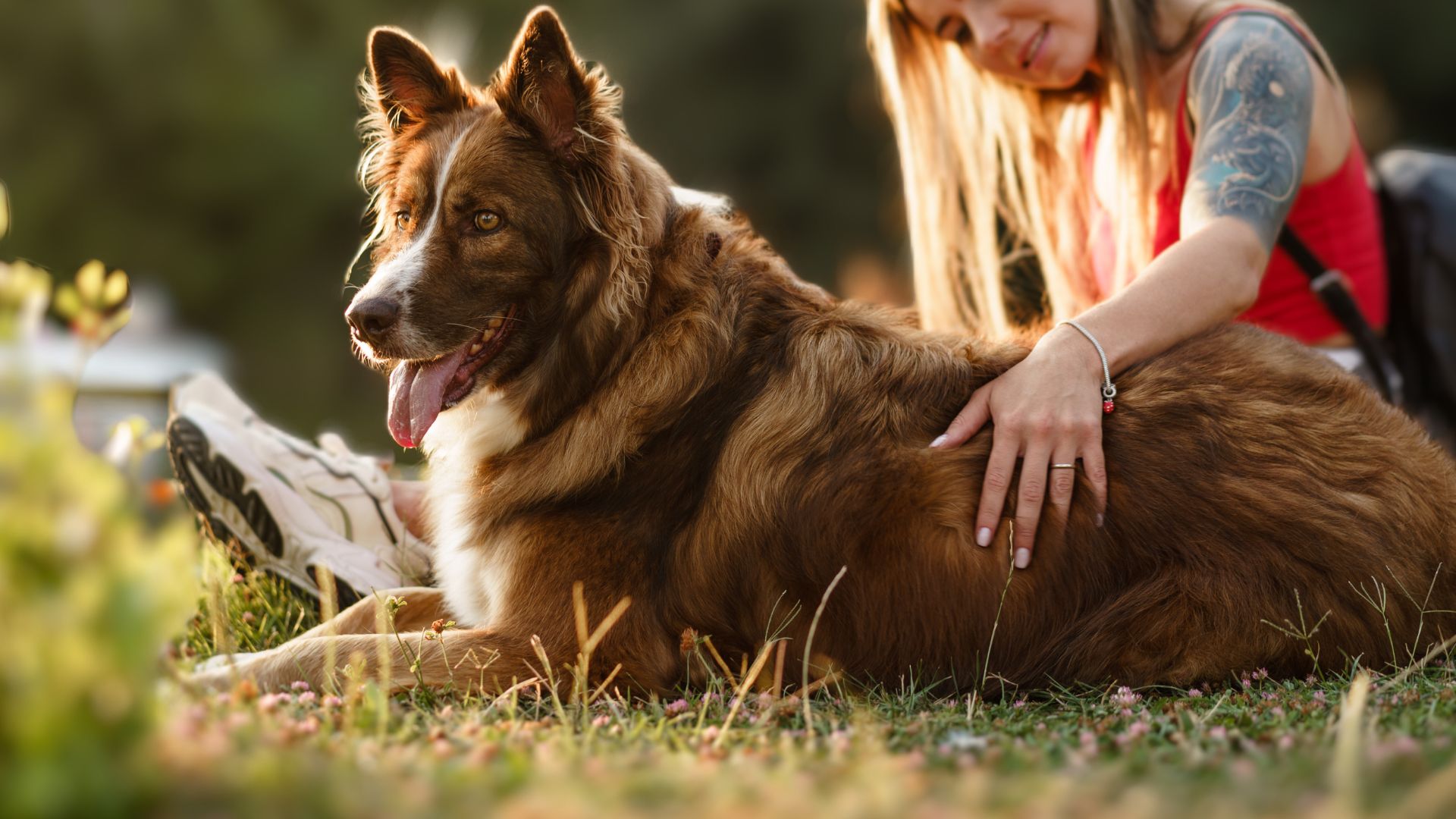Did you know there are dog breeds so rare they were once guarded by nomadic tribes or pampered in royal courts like priceless treasures? While Labradors and Poodles may dominate dog parks and Instagram feeds, a hidden world of exotic companion dog breeds quietly exists, each with a story more enchanting than the last. These aren’t your everyday pups; they’re living legends wrapped in fur, with roots that stretch across ancient lands and forgotten kingdoms.
Imagine strolling through your neighborhood with a companion so unique that people stop mid-step just to ask, “What kind of dog is that?” These rare canines aren’t just beautiful—they’re brimming with personality, charm, and heritage. Whether you crave elegance, mystery, or a one-of-a-kind soul to share your couch and heart, the world of the most exotic breeds is calling. Ready to meet the rarest companions you never knew you needed? Let the journey begin.
Exotic Companion Dog Breeds
1. Bergamasco Sheepdog
The Bergamasco Sheepdog is one of the most exotic dog breeds. Thus ancient breed was bred for herding livestock, and its origin traces back thousands of years to Persia, the region now known as Iran. These resilient dogs accompanied nomadic shepherds through the mountains, eventually settling in the Italian Alps, where the Bergamasco developed its distinct traits.
The breed’s official name is Cane da Pastore Bergamasco, which translates to “Bergamasco Shepherd Dog” in English. “Bergamasco Sheepdog” is a commonly used alternative name, especially in English-speaking countries.
The breed nearly vanished after World War II due to the decline in wool production, but was preserved through the efforts of Dr. Maria Andreoli, who helped revive it and introduce it to the United States.
AKC states one of the most remarkable features of the Bergamasco is its unique coat, composed of three types of hair: a short, oily undercoat for waterproofing, long, coarse “goat hair,” and a woolly outer layer.
These combine to form dense mats or “flocks,” which provide natural protection from the elements and potential predators. While the coat requires attention during the initial matting phase, ongoing grooming is minimal, involving only occasional baths and checks to maintain separation of the flocks.
Despite their dramatic appearance, Bergamascos are low-maintenance in temperament. They are calm, affectionate, and highly intelligent dogs who form strong bonds with their families. Their herding heritage has endowed them with an independent, partner-like approach to relationships—they tend to treat their humans as equals rather than subordinates.
They are excellent family dogs, known for forming strong bonds with children and often becoming loyal protectors and gentle companions. Their protective instincts and playful nature may lead them to herd other pets or even younger family members. These tendencies can be redirected with consistent training from a young age.
Bergamasco Shepherd is often described as having cat-like independence and responds best to consistent, positive reinforcement methods such as praise, toys, and treats. Their intelligence and curiosity require mental stimulation, so training, problem-solving games, and engaging activities are essential for their well-being.
2. Polish Lowland Sheepdog
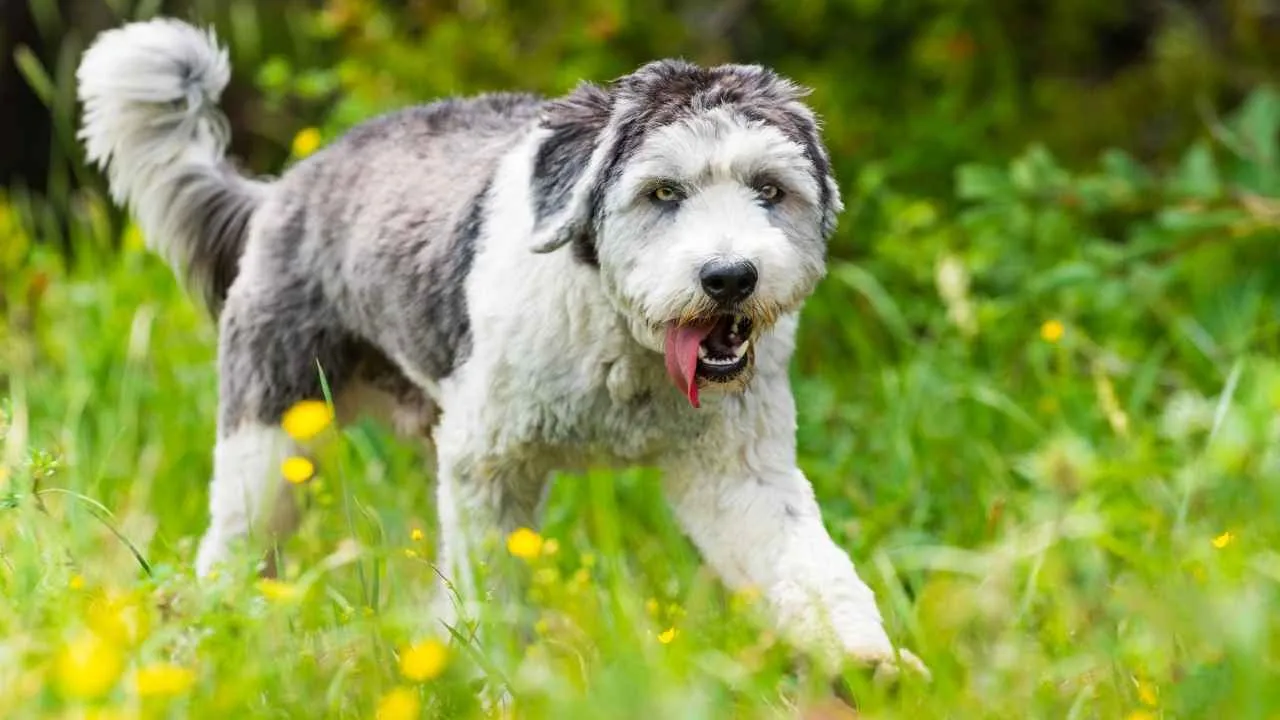
The Polish Lowland Sheepdog, commonly referred to as PON (from its Polish name Polski Owczarek Nizinny), is a herding breed with roots dating back to at least the 13th century. Likely descended from dogs like the Hungarian Puli and other ancient herders brought in by the Huns, PONs were originally bred to be calm, hardworking herders by day and vigilant family guardians by night.
These shaggy-coated dogs played a foundational role in the development of other breeds, such as the Bearded Collie, after a few were brought to Scotland in the 1500s as part of trade exchanges.
This breed was nearly lost during World War II, with only around 150 dogs remaining post-war. Thanks to selective breeding, particularly a dog named Smok, who fathered ten litters, the modern breed was re-established and formally recognized by the Polish Kennel Club in 1957.
PONs gained renewed national attention and popularity following World War I as a symbol of Polish identity. Their resilience and working capabilities made them ideal candidates for preservation and promotion during a time of cultural revival. By the early 2000s, the breed was officially added to the American Kennel Club’s herding group.
These dogs are instantly recognizable by their thick, double-layered coats—a water-resistant, crisp outer coat and a dense, soft undercoat. Their fur requires consistent maintenance: full-coated dogs need weekly brushing, and even clipped PONs must be groomed regularly to avoid matting. Regular ear cleaning and nail trimming are also essential to keep them in top condition.
Aside from their herding reputation, PONs have earned a few legendary distinctions. One famous dog named Psyche was said to predict air raids during World War II, alerting civilians before bombs dropped in Warsaw. The breed has even been commemorated on Polish postage stamps, reflecting their importance to the nation’s history and culture.
3. Skye Terrier
The Skye Terrier is a rare dog breed originating from Scotland’s Isle of Skye, initially developed as a skilled vermin hunter. With their long, low bodies and striking, dense double coat, Skyes stand out as one of the most distinctive terriers. Measuring just 9 to 10 inches in height but twice as long, they possess either bat-like, upright ears or flatter, drop ears—both recognized in the breed standard.
Their thick coat includes a straight, ground-length outer layer that often covers the face, paired with a short, soft undercoat close to the body. Coat colours range from fawn and cream to various shades of grey and black, often with black ears and noses and expressive brown eyes. Though dramatic in appearance, their hair doesn’t hinder movement or vision if properly maintained.
Despite their sturdy build, Skye Terriers are prone to certain health issues due to their elongated spine and dwarfism. WebMD states that puppies should be monitored to avoid stress on their developing joints, especially by limiting stairs and jumps. Conditions like “puppy limp,” caused by uneven bone growth, often resolve naturally. However, like many long-backed breeds, they are susceptible to degenerative disc disease.
The breed is known for its deep loyalty and historical significance. One of the most famous Skyes was Greyfriars Bobby, who famously guarded his owner’s grave for 14 years. The breed was also associated with royalty—Mary Queen of Scots possibly owned one, and Queen Victoria’s fondness for the breed helped elevate its status in aristocratic circles.
Despite their past popularity, Skye Terriers are now considered rare. In 2012, only 42 were registered with the UK Kennel Club, though they still shine in dog shows. A notable example is Charlie, a Skye Terrier who won Best in Show at the 2014 AKC/Eukanuba National Championship.
Their noble temperament, compact strength, and graceful appearance make them both dignified companions and loyal protectors. While they require regular grooming and careful handling as puppies, Skye Terriers reward pet parents with devotion, intelligence, and an air of historical charm.
4. Cirneco dell’Etna
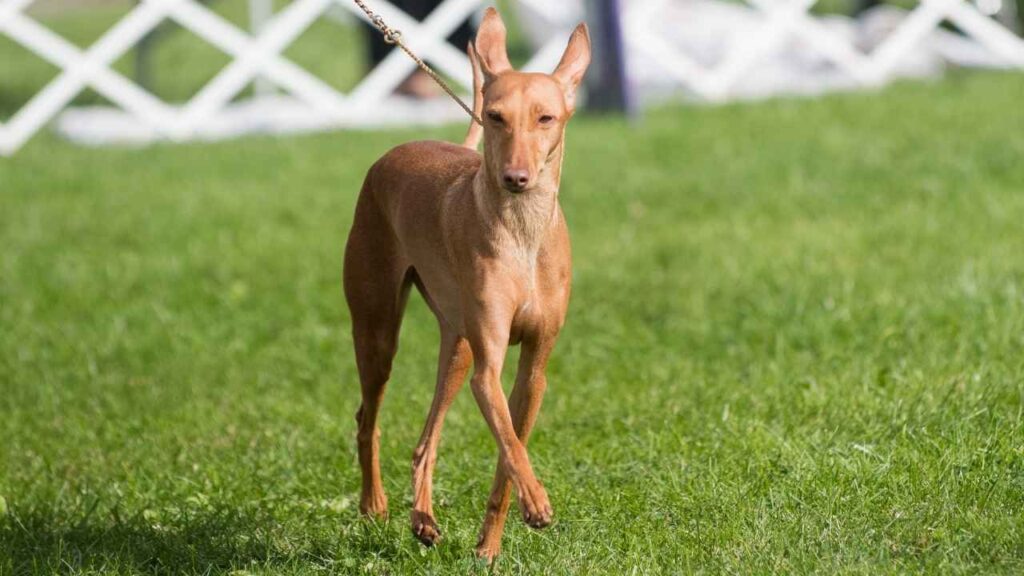
The Cirneco dell’Etna is an ancient sighthound breed that traces its origins back to around 500 B.C. on the island of Sicily. Thought to have descended from dogs brought by Phoenician traders, this breed has appeared in historic Greek and Italian art, and even on Sicilian coins. Unlike many modern breeds shaped by human hands, the Cirneco evolved through natural selection, developing traits suited to Sicily’s harsh, volcanic terrain.
Their name combines the ancient Greek “kyrenaikos” (dog from Cyrene, now Libya) or Latin “cernere” (to discern) with “Etna,” added in 1939 to honor Mount Etna, Europe’s highest active volcano. A legend claims a thousand Cirnechi once guarded a temple dedicated to the god Adranos on the mountain’s slopes, possessing the divine ability to detect thieves and non-believers.
Traditionally, Cirnechi were owned by Sicily’s poor farmers rather than aristocrats. These working-class families focused purely on utility, retaining only those dogs capable of catching the most game. As a result, the Cirneco remained largely untouched by pedigree-focused breeding practices.
Built for speed and endurance, Cirnechi hunt primarily by sight rather than scent, chasing down rabbits and other small prey across Sicily’s rocky landscape. Interestingly, they were known to hunt alongside ferrets—a unique and practical partnership in capturing elusive quarry.
Though relatively unknown outside of Sicily for centuries, the breed gained formal recognition by the United Kennel Club in 2006 and the American Kennel Club in 2015. Despite their ancient heritage, Cirnechi have only recently entered the international spotlight.
Closely related to the Pharaoh Hound of Malta, the Cirneco dell’Etna is often referred to as its smaller cousin. Both breeds share similar lean frames, upright ears, and alert expressions, reflecting their common Mediterranean ancestry and sighthound functionality.
5. Grand Basset Griffon Vendeen
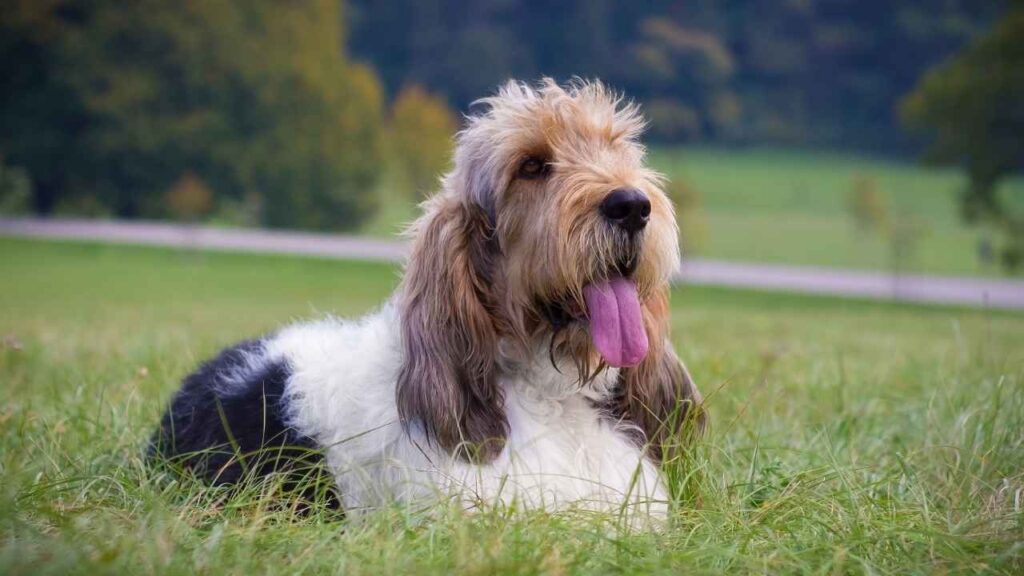
The Grand Basset Griffon Vendéen, or GBGV, is a scent hound originating from the rugged terrain of Vendée, France. Its name loosely translates to “large, low, shaggy dog of the Vendéen,” which reflects its physical traits—long, scruffy coat, bushy eyebrows, and prominent beard. The breed features a thick double coat with a rough outer layer and soft undercoat, appearing in a range of colours from orange and tan to tricolour combinations, often with distinctive markings.
As noted by PetMD, these dogs are known for their sweet, calm demeanor. Though they may exhibit stubbornness during training, they are generally affectionate, loyal, and eager to please when guided consistently. Their stable temperament makes them well-suited for family life, especially in households with older children and other animals.
Bred originally as a hunting dog, the GBGV has high energy and stamina. They were designed to work without horses, tracking game slowly and methodically on foot. These traits are still evident today, as many are used in active hunting or scent-tracking roles. These are pack animals, which means they thrive when working or playing with other dogs.
Though medium in size, GBGVs aren’t ideal for apartment living. They need large, secure yards to get enough exercise and channel their natural instincts. Without adequate space and stimulation, they can become bored and destructive. Their tendency to bark also makes them less suited for noise-sensitive environments.
The breed is recognized for its man-trailing abilities—tracking individuals by scent left behind on surfaces, making them valuable in search-and-rescue roles. They’re social dogs that function well in groups and are happiest when given a job or plenty of interactive play.
The Grand Basset Griffon Vendéen was added to the AKC’s Foundation Stock Service in 2004 and gained full recognition in 2018. As one of the newer breeds in the Hound Group, the GBGV continues to grow in popularity thanks to its balanced mix of work ethic, charm, and character.
With its roots in rural France and its unique appearance reminiscent of a classic Frenchman, the GBGV is a distinctive and versatile breed. While not for every home, especially smaller urban spaces, they thrive in active households with room to roam and excellent companions to bond with.
6. Cesky Terrier
The Cesky Terrier, national dog of the Czech Republic, is a rare but rewarding breed known for its balanced personality and striking appearance. With only about 600 of them in the U.S., this short-legged, long-bodied terrier stands around 10–13 inches tall and weighs between 14 to 24 pounds. Cesky Terriers typically live 12–15 years and are appreciated for their mellow temperament, loyalty, and moderate energy levels.
This breed is more relaxed than most terriers but still retains a prey drive and an eagerness for activity. Protective without being overly vocal, they make excellent guard dogs and devoted companions. Their friendly, clever nature makes them a great fit for families with children and other dogs when properly socialized.
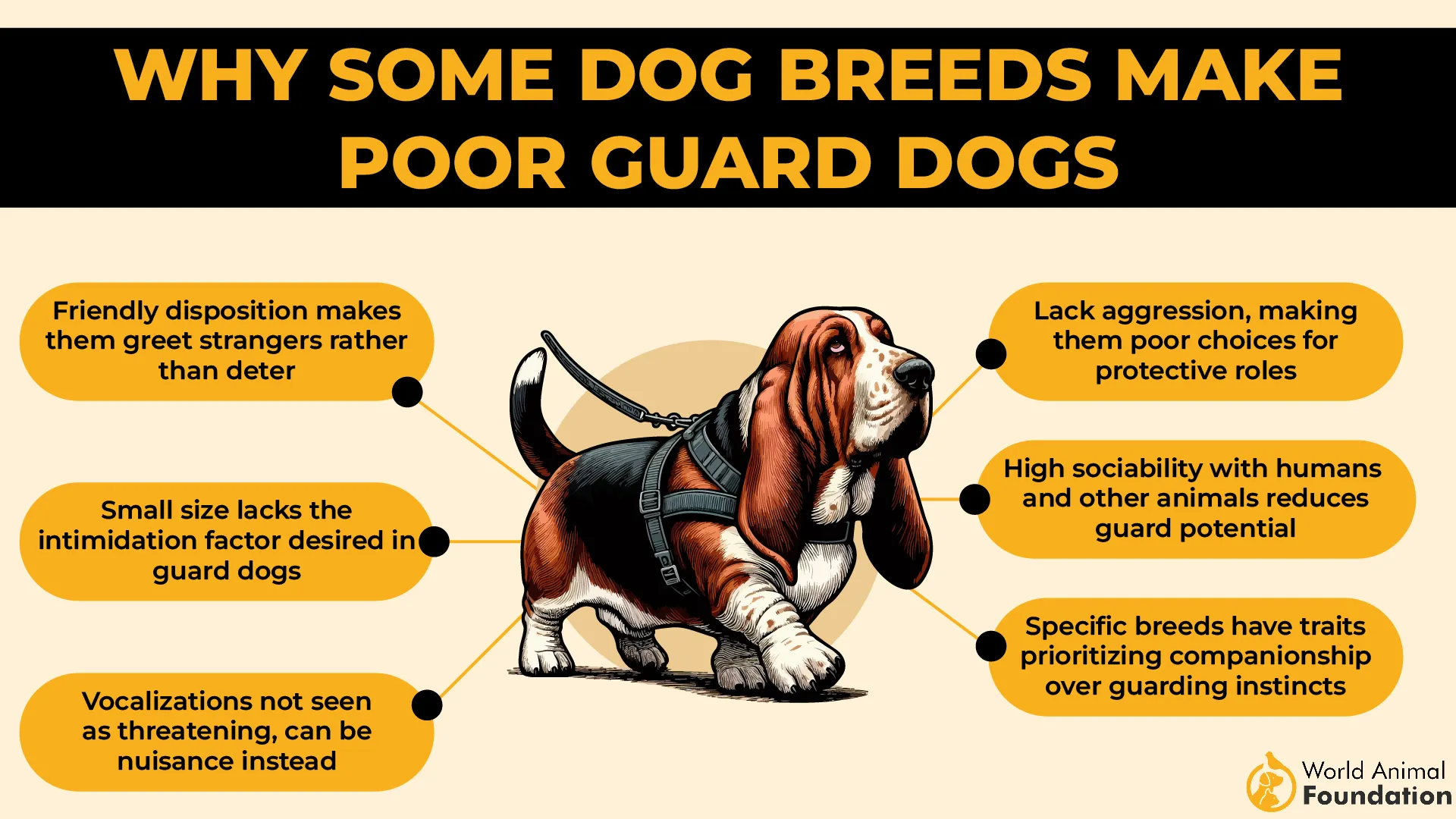
Physically, the Cesky sports a muscular frame and a silky, wavy coat that comes in shades of grey-blue or brown with lighter furnishings in tones like tan, white, or coffee. Puppies are born with dark coats that can take up to three years to lighten. Distinctive features include bushy eyebrows, a beard, almond-shaped eyes, and ears that fold forward, giving them a charming and expressive look.
Grooming is an important aspect of Cesky care. Unlike other terriers, their coats are clipped rather than hand-stripped. Regular bathing is necessary since their coat doesn’t naturally repel dirt. A professional groomer familiar with the breed is recommended due to their rarity. Ear hair should be trimmed regularly to prevent infections, and general ear cleaning is essential.
Though Cesky Terriers resemble the Sealyham Terrier, they have a more elongated, wedge-shaped head and a softer, more elegant appearance. Their movement is agile and light, with a tail carried horizontally when alert or in motion.
These terriers bond closely with their families and love spending time with their humans. Despite their affectionate nature, they are reserved around strangers, a trait that adds to their effectiveness as quiet watchdogs.
Overall, the Cesky Terrier combines the tenacity of a working dog with a gentle, composed nature, making them a rare gem for families seeking an intelligent, affectionate, and manageable companion.
7. Finnish Spitz
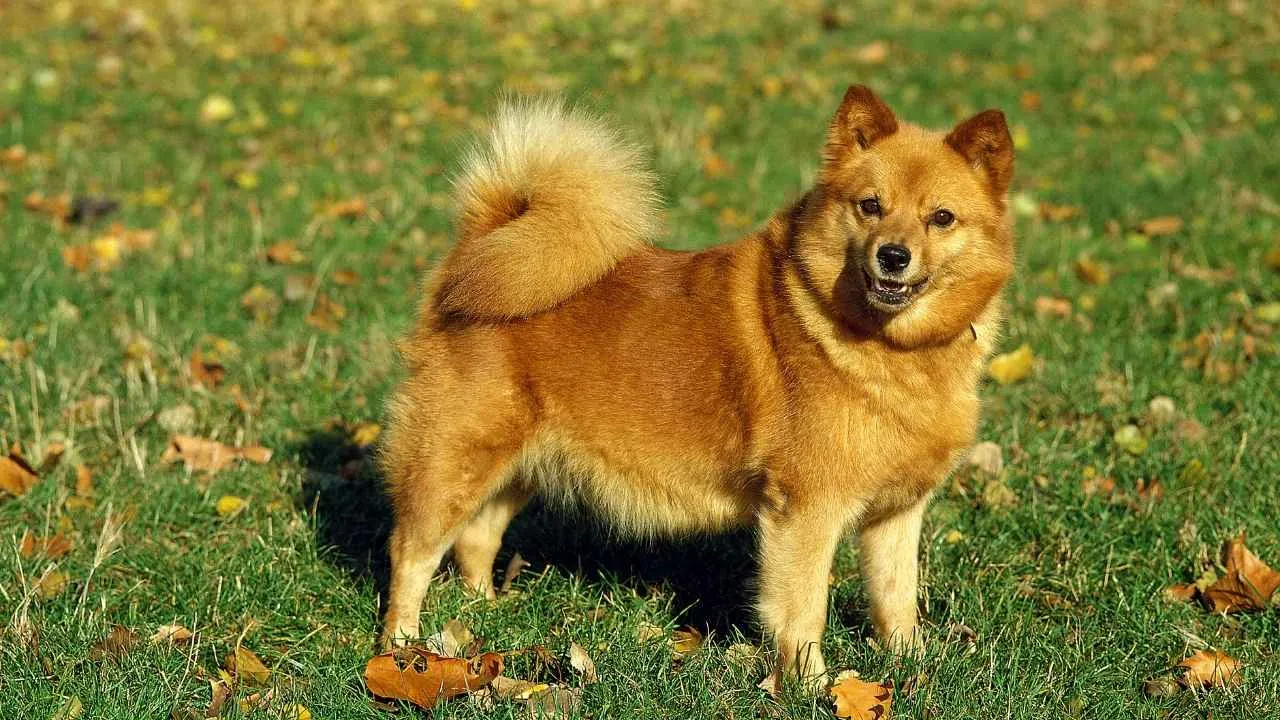
The Finnish Spitz, affectionately called the “Finkie,” is Finland’s national dog and a cherished symbol of the country. Initially bred to hunt game birds, this lively breed is known for its sharp intelligence, independence, and vocal nature. Their Finnish name, Suomenpystykorva, translates to “Finnish cock-eared dog,” a nod to their pointed ears and alert demeanor.
Historically, Finnish Spitz were hunted by barking to alert their human companions to game, earning them the nickname “Barking Bird Dog.” This instinct remains strong today, and they are still used for bird hunting in Finland. Their signature yodeling bark is so prized that annual barking competitions are held, where some dogs bark over 160 times per minute.
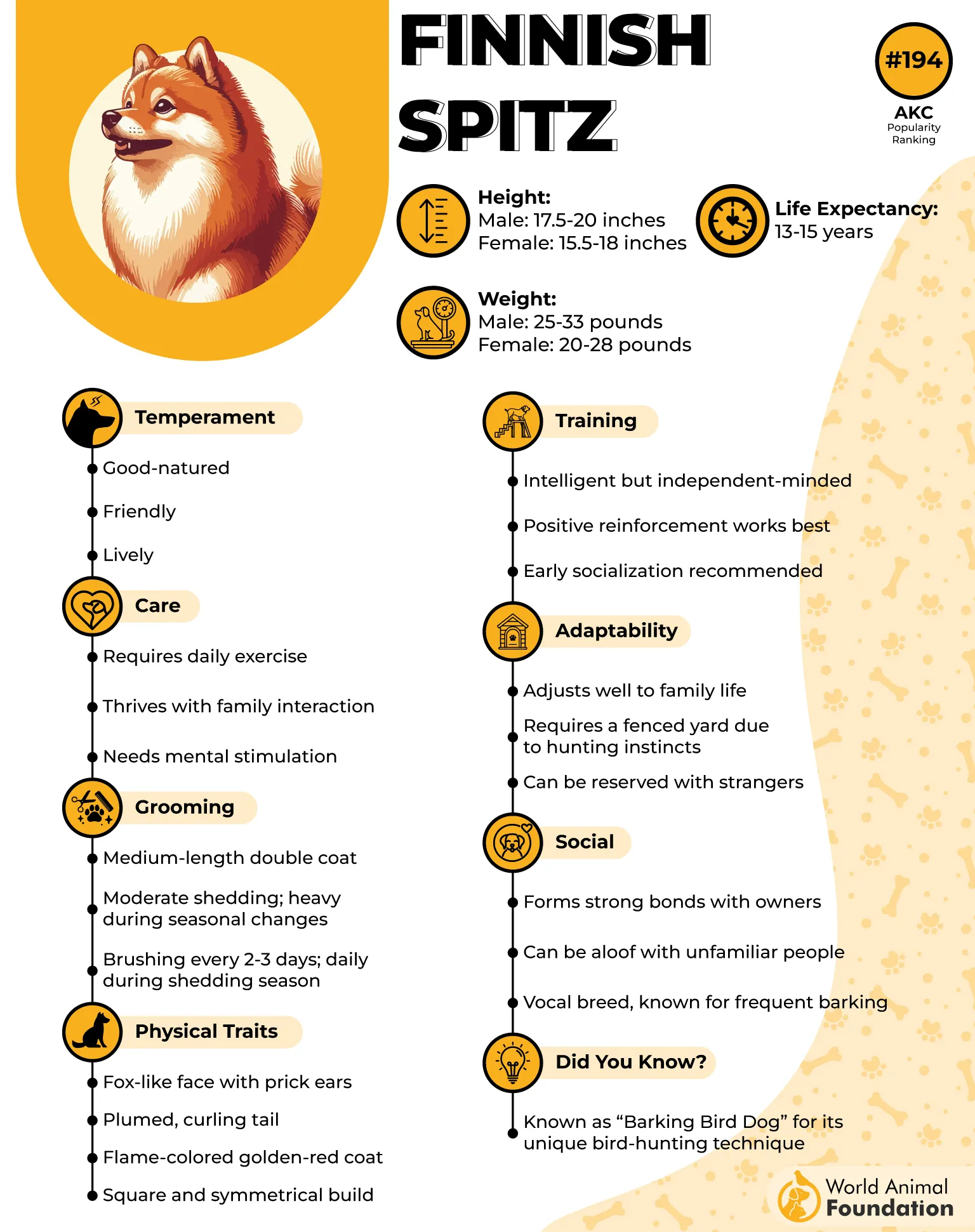
Finnish Spitz are independent and moderately trainable, ranking mid-range on the AKC’s trainability scale. While eager to please, they can become bored with repetitive tasks, so short, engaging training sessions work best. Early socialization and training are essential to manage their natural tendency to bark excessively.
These spitz-type dogs are highly active and well-suited to cold climates, making them good companions for families in harsher environments. However, they’re not great apartment dogs due to their vocal alerting behaviors and high prey drive. They should be kept on a leash or within a fenced yard, as they may chase small animals like squirrels or cats.
Physically, Finnish Spitz are known for their fox-like appearance with a rich red-gold coat. Interestingly, puppies are born with a dark coat, which gradually lightens to their signature hue over about two years. Their upright ears and curled tail complete their distinctive look.
A fascinating genetic fact about the breed is its ancient lineage. DNA studies have revealed that the Finnish Spitz shares ancestry with the now-extinct Taimyr Wolf, separate from the modern gray wolf. This connection suggests the breed’s roots go back much further in history than previously believed.
Finnish Spitz is a spirited, loyal companion for experienced dog owners who appreciate a vocal, energetic breed with a deep hunting heritage and a unique connection to ancient canine ancestry.
Conclusion
Exotic dog breeds offer unique qualities that make them exceptional companions. From the Mexican Hairless Dog to the Tibetan Mastiff, these rare breeds stand out with their distinct traits. Whether it’s the Chinese Crested Dog’s quirky charm or the Chow Chow’s lion-like mane, these dogs offer beauty and personality.
Many, like the Caucasian Shepherd and Rhodesian Ridgeback, excel as protective guardians, while others, such as the French Bulldog and Dinmont Terrier, are friendly and playful. Proper socialization and early training are key, especially for dogs with strong instincts or an independent nature. Ideal for active owners, these medium to large dogs make great companions in homes with enough space and exercise.


